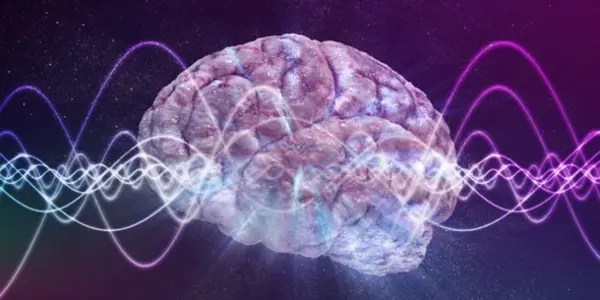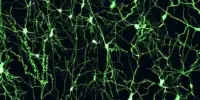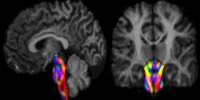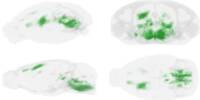Brainwaves are traces of neurophysiological energy in the living brain. It is invisible to the naked eye and can only be detected using electroencephalography (EEG), electrocorticography (ECoG), and magnetoencephalography (MEG) (MEG). The oscillatory networks of the brain are primarily responsible for the generation of waves, oscillations, and rhythms.
Brain researchers used to study the workings of the brain only in specialized laboratories at universities or hospitals. Researchers have recently begun to use portable devices that people can wear on their heads outside of the laboratory. Researchers have discovered electrical brain-wave patterns given off during social interactions in mice. They also observed that mice showing signs of stress, depression, or autism lacked these brain waves. The results reveal more about the mechanics underlying brain activity when socializing.
This finding provides a unified understanding of brain activity underlying social behavior and its deficits in disease. Looking ahead, we are eager to identify the basic mechanisms of neuronal dynamics in these brain waves and evaluate the involvement of the other brain regions in social behavior.
Dr. Sasaki
Researchers at Tohoku University and the University of Tokyo have discovered electrical wave patterns in the brain related to social behavior in mice. They also observed that mice showing signs of stress, depression, or autism lacked these brain waves.
The medial prefrontal cortex (mPFC) and amygdala regions of the brain regulate our emotion, and undergo pathological changes when we experience psychiatric diseases. However, the detailed neuronal processes behind this remain unclear.

Takuya Sasaki from Tohoku University’s Graduate School of Pharmaceutical Sciences led a collaborative team who recorded electrical brain signals – so-called brain electrical waves – in the mPFC and amygdala areas of mice. They found that certain brain waves underwent pronounced variations when the mice interacted socially with one another. Specifically, brain waves at the frequency band of theta (4-7 Hz) and gamma (30-60 Hz) decreased and increased, respectively, during socializing.
When the same tests were applied to mice exhibiting poor social skills or symptoms of depression and autism, the brain waves were not present. Notably, artificially replicating social behavior-related brain waves by an optical and genetic manipulation technique in these pathological mouse models restored their ability to interact socially.
“This finding provides a unified understanding of brain activity underlying social behavior and its deficits in disease,” says Sasaki.
Looking ahead, Sasaki is eager to identify the basic mechanisms of neuronal dynamics in these brain waves and evaluate the involvement of the other brain regions in social behavior. In conjunction, he is investigating whether the same brain mechanisms work in humans for clinical applications.
















